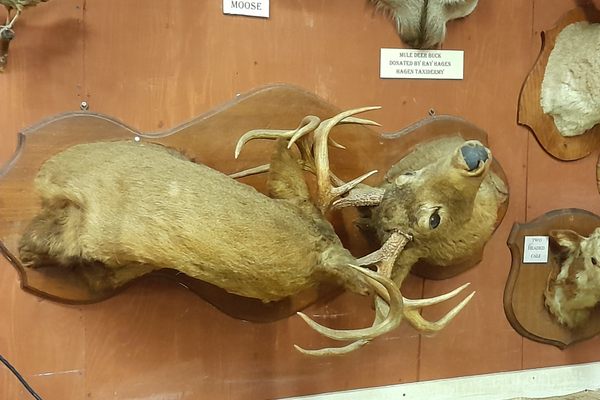AO Edited
Brooklyn-Flatbush Border Line
One of the remaining markers of an era when Brooklyn and Flatbush were separate cities.
It’s often said that if it were on its own, Brooklyn would be the fourth-largest city in the United States. But it’s actually only one borough out of the five that make up the city of New York. Before that, what we know as Brooklyn today wasn’t just one city: Many of Brooklyn’s iconic neighborhoods started off as their own villages, and the “city” of Brooklyn wouldn’t properly exist until 1834. But even then the area of Flatbush retained its independence until 1894, just four years before the entirety of Brooklyn was incorporated into the City of Greater New York in 1898.
A few signs of Flatbush’s independent streak remain throughout the neighborhood, including the town hall on Snyder Avenue and two markers in the Prospect Park area. One of these monuments stands in the park itself, a plaque and statue marking the former location of the Dongan Oak, a tall tree that once stood between Brooklyn and Flatbush but was felled during the Battle of Brooklyn to slow the advance of the British. The other marker is less accessible, a small plaque and brass line located inside the Brooklyn Botanic Garden.
Know Before You Go
The plaque is located outside the Botanic Garden's Herb Garden. The closest entrance is the Flatbush Avenue gate. The Botanic Garden is open 6 days a week, with hours that vary by season. General admission is $18 in spring, summer and fall.
















Follow us on Twitter to get the latest on the world's hidden wonders.
Like us on Facebook to get the latest on the world's hidden wonders.
Follow us on Twitter Like us on Facebook